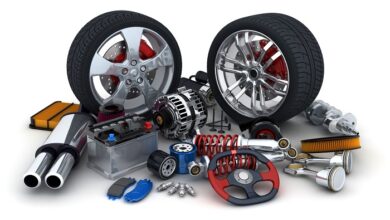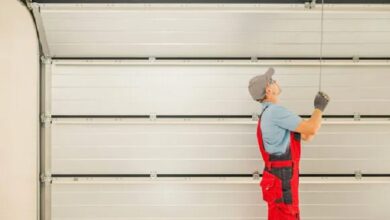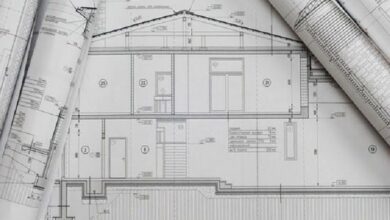Interior design: manager’s office
The manager’s office is not only a workplace for business meetings with employees, partners and clients. The manager’s office is a kind of visiting card of the entire campaign, it is its design that determines the general style of the enterprise.
In the office space, the most responsible and multifunctional place is the manager’s office. However, it is neither an external nor an internal zone. The office of the head of the office is both the workplace of the boss himself and a place for negotiations and meetings. The same place can be used for recreation, and sometimes as a museum of the company.
The task of organizing space and designing the interior design of the boss’s office is not simple, but it is interesting in all its complexity, because when solving it, maximum creativity. This is a platform for the manifestation of creativity not only for specialists – in design, furniture makers, architects, but also directly – for the director of the company.
There are general rules for arranging the manager’s office, which affect the increase in work efficiency and help to maximize both functionality and comfort.
A bit of history
The manager’s office is not a tribute to modernity, it has its own, more than a century old history. People with status in society also had a space organized for their activities. The area and interior of the manager’s space is an indicator of his self-esteem. Over time, the design style of the office was formed, which became classic and exists to this day, although, of course, certain details of it have been changed.
Scientific and technological progress in the last century has modified human life in many ways. Thanks to new technologies and materials, a high-tech style has arisen – it still dominates in offices.
“Cabinet” – this word, it turns out, is used more often compared to the terminological phrase “manager’s office”. First of all, this is due to the increasing versatility of the director’s office. The boss’s office may not consist of one room, but of several adjacent ones (if there is a need and enough funds). In this case, each of the rooms of the manager’s office is assigned a specific function: the workplace of the manager, a place for negotiating, a recreation area. Strict zoning of the area is not necessary.
A negotiating table, for example, can be adjacent to the desktop, and a coffee table can serve as a relaxation area. But the premises of the head office can be separated by partitions. The boss can organize an office in one room, the space of which is zoned based on the specifics of the enterprise and needs.
As a rule, a set of furniture in the director’s office includes: tables (working, negotiating, auxiliary), a set of armchairs and chairs, wardrobes, a sofa, cabinets; the accessory can also be a stand for audio and video equipment.
A safe containing important documents and valuables is also often installed in the office. In the manager’s office, it is quite appropriate: shelves, a rack or a specially equipped corner for awards, cups, collections, as well as – invisible to prying eyes – a kitchenette, a refrigerator, a bar.
Features that define the style of the manager’s office
It is necessary that the interior design of the office correspond to the status of the head. The area of the office and the layout at the same time determine its character. The presentability of the interior, furniture necessarily corresponds to the level of the enterprise. The traditional corporate style, of course, requires additions and appropriate accents.
Of course, the design style of the director’s office should be determined by the profile of the company itself. The interior design of the office of a banker, director of the Public Relations agency, a lawyer always has distinctive features.
Furniture for the manager’s office is divided into groups: 1) classics with elements of modernity; 2) high-tech. Solid, dark-colored objects with rectangular shapes are typical for the classics. Leather furniture, wooden plinths, pilasters, gilding and handmade carvings – these interior details emphasize the solidity of the company, its recognized status and stability.
Financial institutions, law firms, reputable corporations tend to prefer the classics. Light colors, details made of metal, glass, plastic, composite materials characterize modern furniture, which is also practical.



